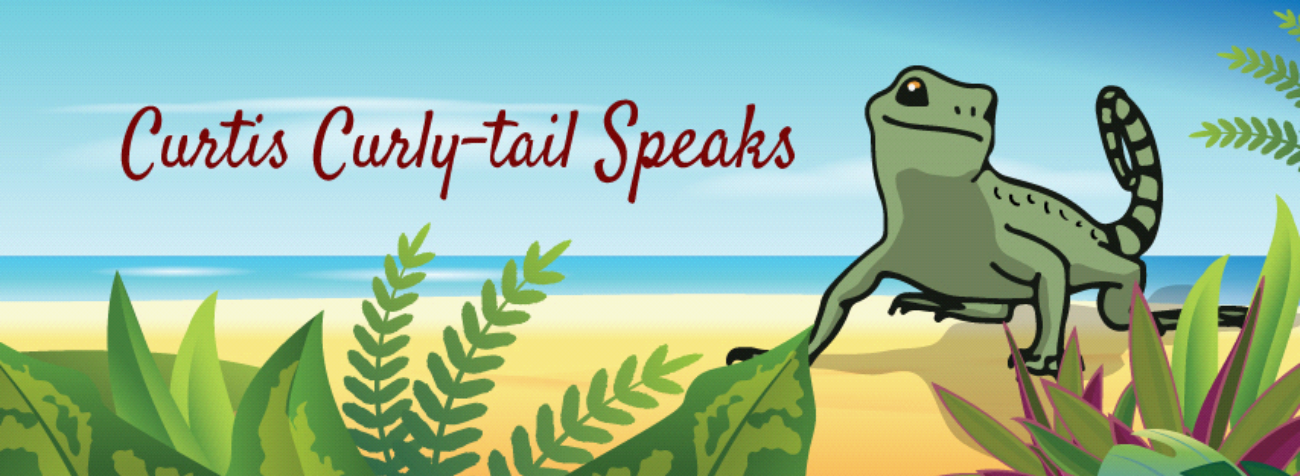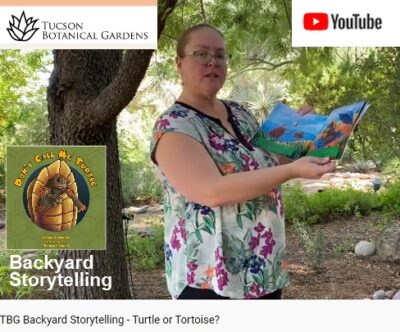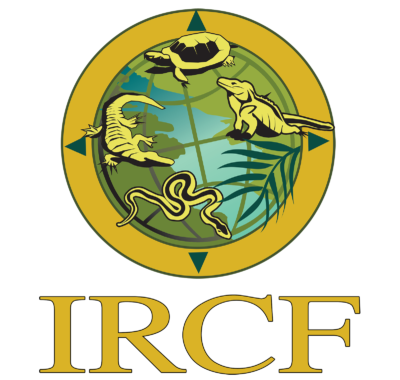Bread… What? Breadnut!
Last fall, I had the opportunity to visit the island country of Dominica (not the Dominican Republic) for a meeting of the Iguana Specialist Group of the IUCN. Dominica has a native iguana, Lesser Antillean Iguana (Iguana delicatissima), that is in danger of extinction due to hybridization with the invasive green iguana (Iguana iguana). While there, I was introduced to a delightful new food that I couldn’t wait to share with you! Behold the breadnut…
A Ride to Remember
The hour-long taxi ride from the airport, located on the north end of the island, took me across the entire length of the country to my resort in the south. I had a very nice chat along the drive with the driver, Shell, a gentleman about my age. He was sharing stories about his country when he suddenly stopped the car on the narrow road and backed up. The road going forward was treacherous enough, rapidly reversing was rather concerning.
What had he seen? Alongside the road was a woman with a sign that said “Hot Breadnuts.” Breadnuts? I’d heard of breadfruit (Artocarpus altilis), the plant intentionally spread from New Guinea throughout the Pacific by islanders and later by 18th century European sailors. But what were these breadnuts?
The driver purchased two bags of hot, cooked large brown seeds. They reminded me of chestnuts. He asked me if I had ever had breadnuts and I replied that I hadn’t. At the next pullover beside one of the country’s 365 rivers, he stopped and shared his hot breadnuts with me. To eat the meat of the seed, I slit the thin brown skin with a fingernail then popped out the cream color insides. Okay, I tried but broke the inner meat into chunks. Shell easily removed the entire skin in one sheet. The flavor was mild and delicious. I couldn’t place what the flavor reminded me of. It was special watching the river cascade below while trying delicious food with a new friend.
The roadside purveyor boiled the nuts in salted water. Shell told me that since he lived along the coast, he cooked his breadnuts using ocean water. That made a lot of sense. And we make a big deal about cooking with sea salt in the US. Up in the mountains where we were at the time, the cook had used regular salt. (Dominica is very mountainous)
All About the Breadnut
Breadnut, (Brosimum alicastrum), also called milk tree or ramon, is closely related to the before-mentioned breadfruit tree. This hardy species is cultivated in many tropical countries, Mexico and Central America. In ancient times, the Mayan cultivated this plant, especially in Tikal. The plant was believed to be very important, so seeds were stored as protection against times of famine. An individual tree can produce 1000 kg (2200 pounds) of seeds. Every part of the tree is used: seeds for food and drink, the milk-white sap as a drink, the leaves for livestock forage, and the hardwood for construction.
A few days later, I realized the flavor the breadnuts reminded me of was roasted chestnuts. During the colder months, chestnuts are roasted, often sold by street-side vendors, similar to the woman along the road in Dominica. But one important difference between chestnuts and breadnuts, is that you need to cut slits in chestnuts before you roast them. Otherwise, they explode like REALLY BIG popcorn kernels. It’s unbelievably noisy and rather messy (true story).
I encourage you to try new foods. You might discover a delicious and nutritious treat like breadnuts. And while you’re at it, I encourage you to discover a new read too. Take a look at my latest releases!
To learn about our latest science-based children’s books and workbooks, to read our latest blog posts about reptiles, birds, cats, and gardening, in a variety of locations, and about how the books come to be, what inspires an author to write, and many more interesting aspects of the publishing business, fill in the box below and we will add you to our email list.
Thank you!



